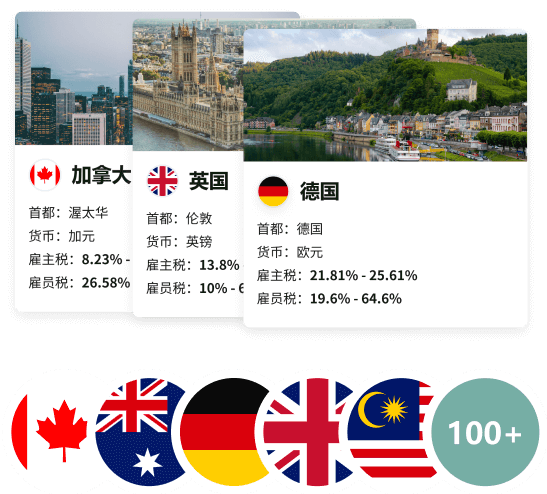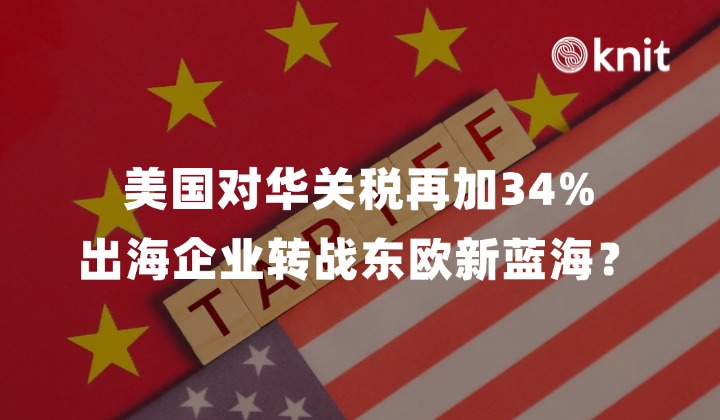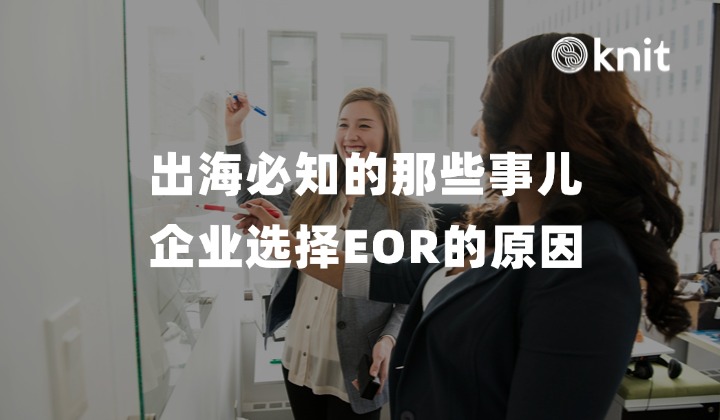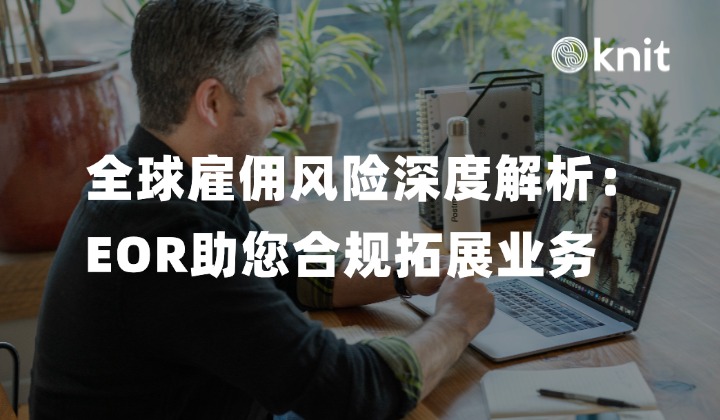An Introduction of the VAT in China
The VAT is considered as a neutral tax in China that allows businesses to deduct their contributions paid on business-relevant purchases or operations from their own corresponding VAT rate. In China, there are two different groups of VAT taxpayers: general contributors and small contributors. These groups are predetermined according to their annual sales. Smaller taxpayers enjoy a lower tax rate but general taxpayers have the possibility to deduct input VAT from output VAT. The General taxpayers’ VAT rate varies from 6 to 17%, and small taxpayers pay a rate of only 3%.
Starting from May 1st, 2018, the tax rate will be lowered from 17 percent to 16 percent for manufacturing and some other industries, and from 11 percent to 10 percent for transportation, construction, basic telecommunication services, and farm produce.
Chinese VAT Rates

What is a Fapiao (invoice)?
The term fapiao is a Chinese word that denotes a legal slip that validates the purchase of goods and services. This receipt is not only used by businesses and taxpayers to meet the legal standards required by China’s tax system but also to keep track of all business transactions among enterprises. A company can only issue a fapiao if a transaction is within a company’s operational boundaries.
It is important to mention that a fapiao is not similar to an ordinary receipt. Due to the fact that a Fapiao only legitimate if it’s printed on a special paper provided by the Chinese tax authorities, if a company utilizes another kind of paper, Chinese tax authorities will most likely not recognize it as a legitimate fapiao, and therefore won’t compensate the VAT deductions.
Two standard types of Fapiao exist
Special VAT Fapiao
Issued by general taxpayers when goods or services are sold to other businesses or non-consumers. This type of fapiao allows general taxpayers to compensate for its own VAT liability. Small contributors cannot issue this kind of fapiao.
The special VAT fapiao is composed of three documents:
- Accountability copy: A copy for the issuing party
- Deduction copy: A copy of the fiscal deduction for the client
- Receipt copy: An accounting copy for the client
Regular VAT Fapiao
Issued in any other circumstances by a business of any other size. These can be issued in the event of circumstances such as: sales of goods, tax-free services, or VAT registered operations carried out by a small-taxpayer
Hire globally in 24 hours with Horizons EOR services.
Fapiao and Its Effect on Individual Income Tax Laws
Recent changes in China’s individual income tax laws have expatriates concerned. These laws have expanded deductibles, adjusted tax brackets and changed residency rules. Now, expatriates who are considered tax residents in China for at least five consecutive years are required to pay individual income tax on their worldwide income. Expatriates who have resided in China for a shorter period of time are only required to pay these taxes on income from Chinese sources. Due to the loss of favorable tax treatment that they enjoyed previously, foreign businesses may try to offset the difference by paying foreign executives a higher salary or they may choose to go to another country.
However, some people believe that the Fapiao system can be used to reduce much of the tax burden. Employment benefits and contributions to China’s social insurance system can be added to a pre-tax deduction along as a Fapiao is given. Therefore, relocation expenses, housing allowance, language training allowances, education for the recipient’s children and other benefits can pass through this system to reduce tax liability.
China VAT Policy Update – 2017
The Chinese State Administration of Taxation has recently publicized a new policy which will affect the fapiao structure in China. It will begin on the 1st of July 2017 and its objective is to increase the requirements necessary when taxpayers request a fapiao. Under the present system, taxpayers are only required to provide their company’s full name in Chinese. However, the new policy mandates taxpayers to provide further details.
New Requirements Necessary to Request a General VAT Fapiao
- Company’s full listed Chinese name
- Tax ID code
- Fapiao with the corresponding transaction summary
- Issuer’s special fapiao chop
New Requirements Necessary to Request a Special VAT Fapiao
- The correct beneficiary’s full information in the upper left corner of the form (Chinese company name, tax ID code, address, telephone, bank name and account number)
- Fapiao passcode printed accurately within the correct field
- Printed goods and service tax breakdown printed
- Fapiao content with the corresponding transaction summary
- Issuer’s special fapiao chop
The new policy also describes the measures needed to be taken by service providers in order to prepare for the legal change, to avoid disputes and finally, to be compliant. On the one hand, it is the employers’ responsibility to make sure their HR and financial departments inform employees about the new regulations and procedures. On the other hand, service providers must coordinate their systems in order to be fully compliant with the new SAT policy.















